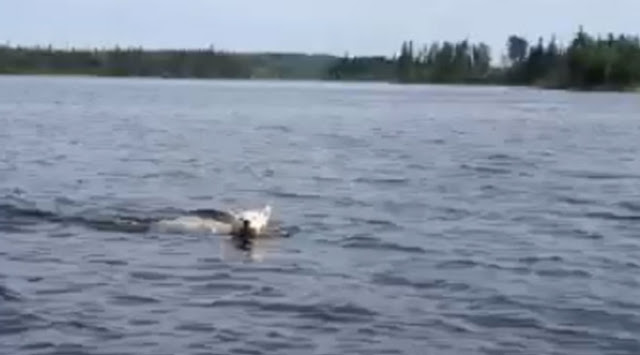Johnny Depp Talks About His Adoption
During his time with the Comanche he witnessed a sweatbox ritual a sort of spiritual sauna to cleanse the body and purify the mind and was “adopted” by tribe member LaDonna Harris.
He also took part in a private naming ceremony and became Mah-Woo-Meh.
Johnny says: “The name they chose for me means shape-shifter, which I suppose is quite apt and I take great pride in the choice.
Being adopted, what it means and what it’s meant since that day, has given me so much in my life.
“I’m not a particularly spiritual person myself the only church I have ever seen that makes sense to me is the sweatbox. I do smoke a peace pipe as often as possible, because I like peace... ”
LaDonna decided to adopt Johnny after hearing of his Native American heritage and his desire to portray Tonto fairly.
In doing so the 82-year-old was also following tribal traditions.
LaDonna says: “In the past it was part of the Comanche custom for a tribe leader to take a son and daughter for their own.
“They would have raiding parties and go out and take what they wanted. It was mostly horses or livestock, but they would take a son or daughter if they wanted.
“I was just following tradition. Now I consider Johnny my son and he considers me his mum.
Rotorua's Katerina Pihera met Johnny Depp while attending a Comanche adoption ceremony in New Mexico while she was taking part in an Ambassadors of Maori Opportunities tour.
“I am sure lots of people are quite envious. When I told my other children they were quite surprised. But they have embraced Johnny and were happy to welcome him into our family.
“He is a charming man and we often speak on the phone.
“It is like any other mother-son relationship. I call him Johnny but he likes to use the Native America term for mum, which is Pia.”
Last Friday Johnny took LaDonna to a special US premiere of The Lone Ranger, which is released in UK cinemas in August.
They were pictured arm-in-arm on the red carpet outside a cinema in Lawton, Oklahoma capital of the Comanche nation.
LaDonna later said that Johnny’s sensitive performance would “make all Comanches very proud”.
Things have not all been positive, however. He has been criticized by some for his take on Tonto.
SOURCE



















































